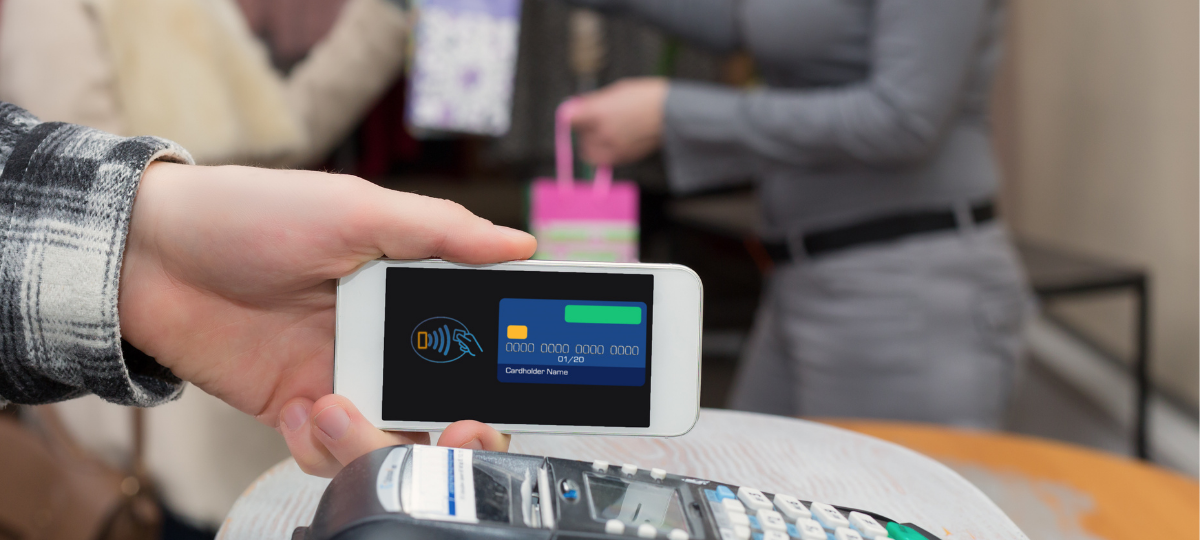Convenience stores, grocery stores, and other retailers have long been aware of this problem. Myriad potential solutions have cropped up over the years. These include self-checkout, Amazon Go’s cashierless checkout, Whole Foods’ screen-based line optimization for checkout, and Benefit Cosmetics’ makeup vending machines. Despite these experiments, however, checkout lines have persisted.
Now, however, companies are using mobile self-checkout, facial recognition technology, IoT, and RFID to build entirely new checkout processes. These new ones that don’t require checkout lines, ID checks, or even kiosks.
B2B market research companies can provide invaluable insight on this topic. A NewtonX survey of over 100 retail technology executives informed the thinking in this article.
Amazon Go and Hema Supermarkets Aren’t the Only Players: How Startups Are Helping Legacy Retailers
Many believe Amazon Go and Alibaba’s Hema Supermarkets are revolutionizing checkout experiences. However, they aren’t the only players with skin in the game. Startups including AiFi, Standard Cognition, and Zippin are all building technology to enable legacy retailers to keep pace with Amazon Go and Hema.
Many legacy supermarkets have taken the half-step toward autonomous checkout of mobile checkout. In this model, shoppers scan items and pay on their phones instead of going through the checkout payment process. 7-Eleven and Walgreens began testing out mobile self-checkouts, while Sam’s Club was a pioneer in the space and launched its Scan & Go system several years ago. Moltin, a digital commerce developer, recently unveiled its In-Store Self Checkout. This service turns shoppers’ smartphones into a POS without requiring them to download an app. Numerous other small companies and startups, including MishiPay and Skip are developing similar systems.
New self-checkout technologies
Additionally, some retailers are leveraging new technologies to make self-checkout more seamless. FamilyMart convenience store in Japan, for instance, recently unveiled self-checkouts. They use facial recognition for payment and RFID tags to scan items. Customers register their photo and credit card information with the store. They then are able to checkout without individually scanning items or spending time on payment. Taking a different approach, a company called Caper Labs has teamed up with two NYC grocery chains to turn grocery carts into smart checkout tools. Shoppers scan each item as they drop it into the card, and then swipe a credit card when they’re done, without having to wait for a physical kiosk or cashier.
That said, the systems are not without their issues. Earlier this year, Walmart canceled its Scan & Go system because of incredibly high theft rates. A Walmart executive reportedly joked “We’re just going to call the program ‘go’ because the customers can’t seem to ‘scan’ anything.”
Ultimately each of these systems aims to improve existing technology — self-checkout — rather than finding a new solution. The next phase of grocery store checkouts will be a new solution: completely autonomous check-out that doesn’t require scanning, waiting, or doing anything other than grabbing items and going. Amazon Go and Hema are at the forefront of this new era. However, legacy retailers are sure to emulate the tech giants’ strategies.
Beyond Convenience: Why Autonomous Checkout is so Desirable for Retailers
The reason that autonomous checkout has been such a point of investment for tech giants and retailers alike is not because it improves customers’ lives. Rather, it’s because human-less checkout reduces overhead costs from personnel expenses and enables robust shopper data collection. Currently, autonomous retailers track shoppers’ behavior in-store. By integrating this data with online identities, retailers will have unprecedented opportunities for improving inventory management and offering targeted promotions and ads (both in-store and online).
This value-add ensures that retailers will continue to try and digitize the checkout through various technologies that double as data collectors.

